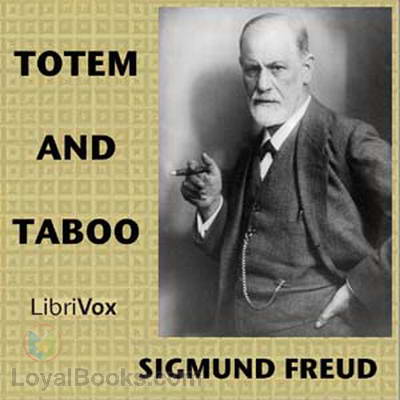Description
By: Sigmund Freud
Totem and Taboo by Sigmund Freud is a thought-provoking exploration of the origins of human civilization and the development of societal norms. Freud delves into the concept of totems and taboos, suggesting that these foundational elements of culture are tied to the primal instincts and desires of early humans.
Throughout the book, Freud presents a compelling argument for the role of taboo in controlling and shaping human behavior, drawing parallels between ancient tribal societies and modern civilization. He examines the idea of the “primal horde” and the Oedipus complex, suggesting that these early psychological phenomena continue to influence our societal structures and individual psyches today.
While Freud’s theories may be controversial and problematic in some respects, Totem and Taboo remains a classic work in the field of psychology and anthropology. It offers a valuable perspective on the complexities of human nature and the enduring impact of our earliest cultural practices.
Overall, Totem and Taboo is a fascinating and challenging read that will leave readers pondering the connections between our past, present, and future. Freud’s insights into the origins of society and the human psyche are sure to spark discussion and debate among those interested in the intersection of psychology, anthropology, and philosophy.
Book Description:
Totem and Taboo: Resemblances Between the Mental Lives of Savages and Neurotics is a book by Sigmund Freud, published in German in 1913. It is a collection of four essays first published in the journal Imago (1912–13), employing the application of psychoanalysis to the fields of archaeology, anthropology, and the study of religion. The four essays are entitled: The Horror of Incest; Taboo and Emotional Ambivalence; Animism, Magic and the Omnipotence of Thoughts; and The Return of Totemism in Childhood.











